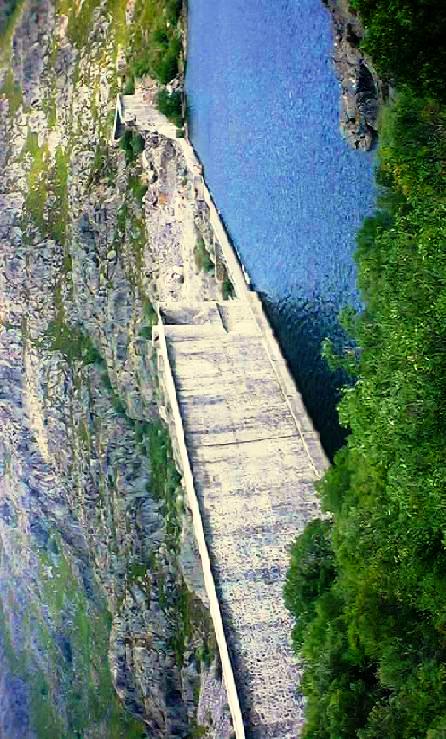Effective area of groove welds shall be considered as the effective length of the welds times the effective throat thickness. The requirements for groove welds are stated here following AWS : D 1.1 : Structural Welding Code-Steel.
The effective length of groove weld shall be the width of the part joined.
The effective throat thickness of a complete penetration groove weld shall be thickness of the thinner part joined.
The effective throat thickness of a partial-penetration groove weld shall be as shown in Table-1.
Table-1: Effective throat thickness of a partial-penetration groove welds.
Welding Process | Welding Position | Include Angle of Root of Groove | Effective throat Thickness |
Shielded Metal Arc Submerged Arc Gas Metal Arc Flux-Cored Arc | All | J or U Unit | Depth of Chamfer |
Bevel or V joint ≥600 | |||
Bevel or V joint <600 ≥450 | Depth of Chamfer minus 3 mm. |
`
The effective throat thickness of a flare groove welds when flush to the surface of bar or 900 bend in a formed section shall be as shown in Table-2. Random sections of a production weld for each welding procedure, or such test sections as may be required by design documents, shall be used to verify that the effective throat is consistently obtained.
Table-2: Effective throat thickness of a Flare groove welds.
Type of Weld | Radius (R) of Bar or Bend | Effective throat Thickness |
Flare Bevel Groove | All | 5/16 R |
Flare V- Groove | All | ½ R* |
Use 3/8 for Gas Metal Arc Welding (except short circuiting transfer process when R≥12mm. | ||
Limitations
The minimum effective throat thickness of a partial penetration groove weld shall be as shown in Table-3. Minimum effective throat thickness is determined by the thicker of the two parts joined, except that the weld size need not exceed the thickness of the thinnest part joined though a large size is required by calculation. For this exception, particular care shall be taken to provide sufficient pre-heat foe soundness of the weld.
Table-3: Minimum effective throat thickness of a partial-penetration groove welds.
| Material Thickness of Thicker part joined, mm | Minimum Effective Throat Thickness,mm |
| To 6 Inclusive | 3 |
| Over 6 to 12 | 5 |
| Over 12 to 20 | 6 |
| Over 20 to 40 | 8 |
| Over 40 to 60 | 10 |
| Over 60 to 150 | 12 |
| Over 150 | 16 |


























